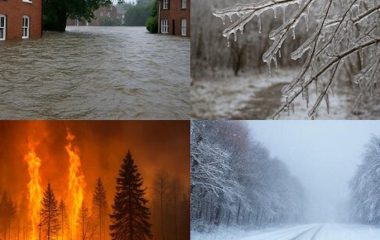
Photo: Ronald Kötz from Pixabay
A new government report shows a 22% year-over-year increase in deforestation of Brazil’s Amazon. The data casts doubt on the country’s commitment to stop further deforestation and could undermine global efforts in averting climate change.
In the year through July, Brazil’s Amazon lost 13.235 square kilometers of forests – an area the size of Montenegro. The annual report presented by the National Institute for Space Research (INPE) contradicts a government statement from July. Brazil’s government then used preliminary monthly data in order to demonstrate a temporary slight decline in deforestation.
INPE’s final satellite data from the PRODES project shows a dramatic 22% jump in deforestation on an annual basis and it was the fourth consecutive increase in the rate.
Brazil was one of 110 countries that committed at COP26 to end and reverse deforestation by 2030
Although just presented to the public, the report was already finalized before the COP26 United Nations Climate Change Conference in Glasgow. Brazil is one of 110 countries that committed at the summit to end and reverse deforestation by 2030. Still, it has yet to demonstrate results on-site while time is running out.
The main driver of deforestation is Brazil’s beef industry, expanding into forest areas through clear-cutting. Recent plans for a sustainable development zone, with “deforestation-free farming”, have been met with some criticism and warnings it would only legalize deforestation while contributing to a growing beef production trend.
The main driver of deforestation is Brazil’s beef industry, expanding into forest areas through clear-cutting
There are concerns that if continued, deforestation could also lead to a breaking point – a complete ecosystem collapse and drying of the remaining forests. Brazil holds the largest part of the Amazon rainforest. Its survival is vital for reaching climate targets.
In a paper just published in Nature Sustainability, scientists identified the Amazon as one of the world’s most important carbon storage areas. If especially vulnerable sites there are lost, it would be impossible to repair the damage before 2050 and at least avoid the worst climate scenario. Loss of the Amazon would stop carbon storage, release vast amounts of carbon dioxide into the atmosphere and make the worst climate projections a reality, despite all global and future efforts.


















Be the first one to comment on this article.